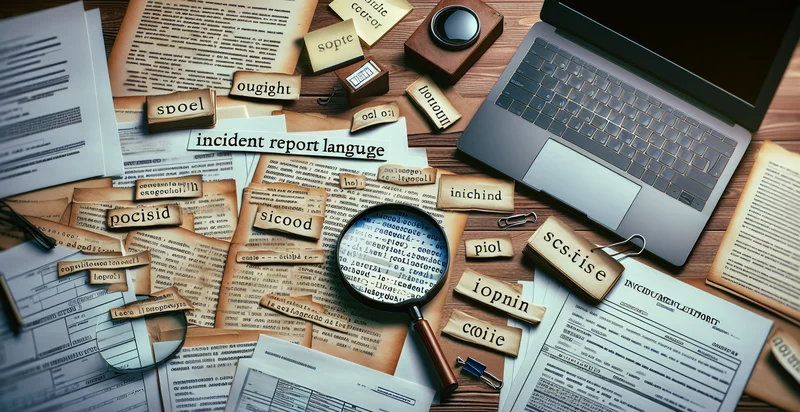Identify language of diagnosis report
using AI
Below is a free classifier to identify language of diagnosis report. Just input your text, and our AI will predict the underlying medical condition based on the provided symptoms. - in just seconds.

Contact us for API access
Or, use Nyckel to build highly-accurate custom classifiers in just minutes. No PhD required.
Get started
import nyckel
credentials = nyckel.Credentials("YOUR_CLIENT_ID", "YOUR_CLIENT_SECRET")
nyckel.invoke("language-of-diagnosis-report", "your_text_here", credentials)
fetch('https://www.nyckel.com/v1/functions/language-of-diagnosis-report/invoke', {
method: 'POST',
headers: {
'Authorization': 'Bearer ' + 'YOUR_BEARER_TOKEN',
'Content-Type': 'application/json',
},
body: JSON.stringify(
{"data": "your_text_here"}
)
})
.then(response => response.json())
.then(data => console.log(data));
curl -X POST \
-H "Content-Type: application/json" \
-H "Authorization: Bearer YOUR_BEARER_TOKEN" \
-d '{"data": "your_text_here"}' \
https://www.nyckel.com/v1/functions/language-of-diagnosis-report/invoke
How this classifier works
To start, input the text that you'd like analyzed. Our AI tool will then predict the underlying medical condition based on the provided symptoms..
This pretrained text model uses a Nyckel-created dataset and has 30 labels, including Arabic, Bengali, Czech, Danish, Dutch, English, Filipino, Finnish, French and German.
We'll also show a confidence score (the higher the number, the more confident the AI model is around the underlying medical condition based on the provided symptoms.).
Whether you're just curious or building language of diagnosis report detection into your application, we hope our classifier proves helpful.
Related Classifiers
Need to identify language of diagnosis report at scale?
Get API or Zapier access to this classifier for free. It's perfect for:
- Multilingual Reporting: This function can automatically identify the language of diagnosis reports generated by healthcare providers. By recognizing the language, healthcare organizations can streamline their translation processes and ensure that reports are accurately conveyed to patients or other medical professionals in their preferred language.
- Compliance Monitoring: Regulatory bodies can use this classification function to monitor the languages used in diagnosis reports submitted by healthcare institutions. Ensuring compliance with local language requirements enhances accessibility and legal adherence in diverse regions.
- Data Aggregation for Research: Researchers can leverage this function to categorize diagnosis reports by language for epidemiological studies or clinical research. This facilitates data aggregation and comparison across different regions, helping to identify trends and disparities in healthcare delivery.
- Targeted Patient Communication: Healthcare providers can utilize this function to identify the language of diagnosis reports before sending them to patients. This helps in customizing communication strategies, ensuring that patients receive their health information in a language they understand, improving patient satisfaction and engagement.
- Quality Assurance in Translations: Medical translation services can incorporate this language identification function as a quality assurance step. By verifying the original language of the diagnosis report, service providers can ensure that translations are accurate and relevant, mitigating risks associated with miscommunication.
- Language Training Needs Assessment: Hospitals can analyze the languages present in diagnosis reports to identify training needs for their staff. By recognizing the predominant languages, institutions can develop tailored language training programs for healthcare personnel to enhance their communication with patients.
- Enhancing Clinical Decision Support Systems: Clinical decision support systems can integrate this language identification function to provide contextual recommendations based on the language of the diagnosis report. This can lead to more personalized and relevant support for healthcare professionals working in multilingual settings.


